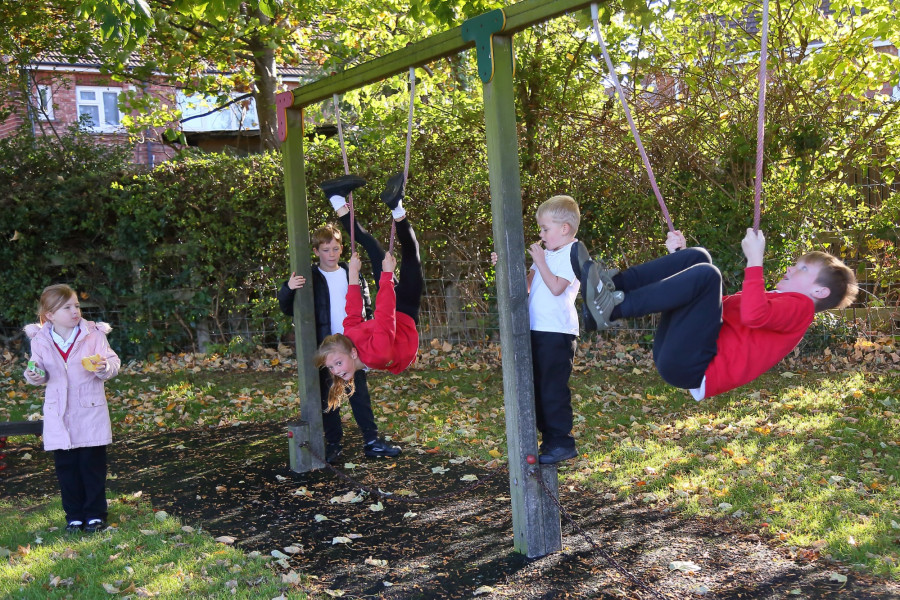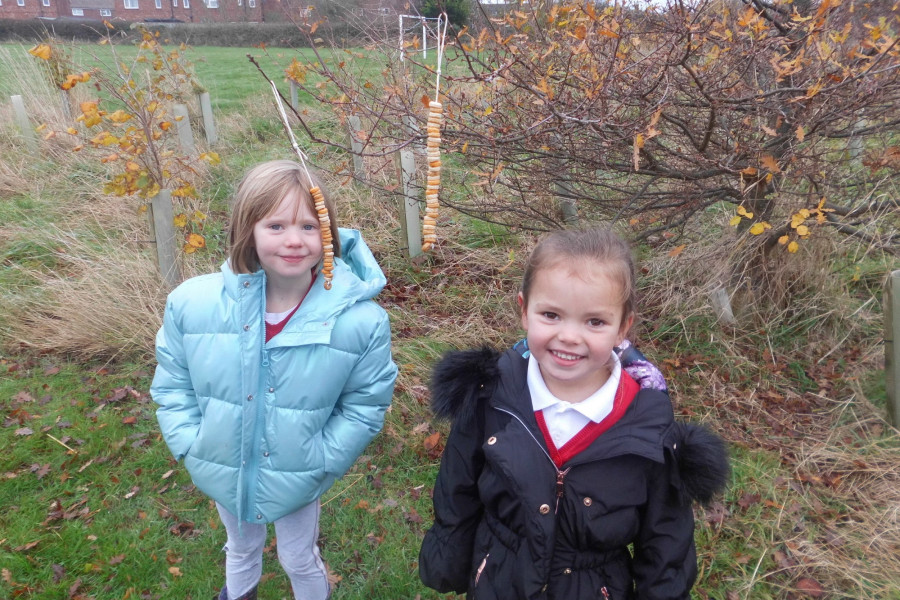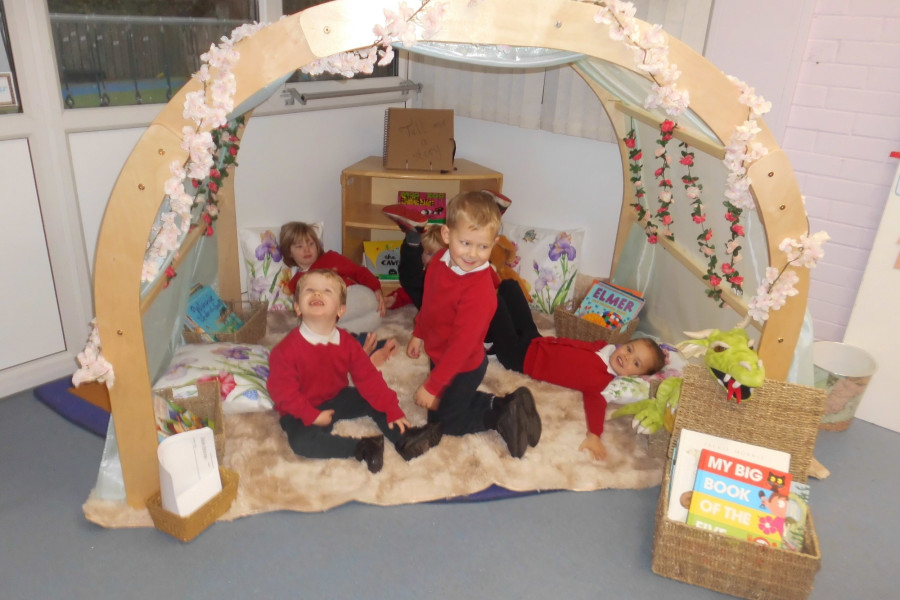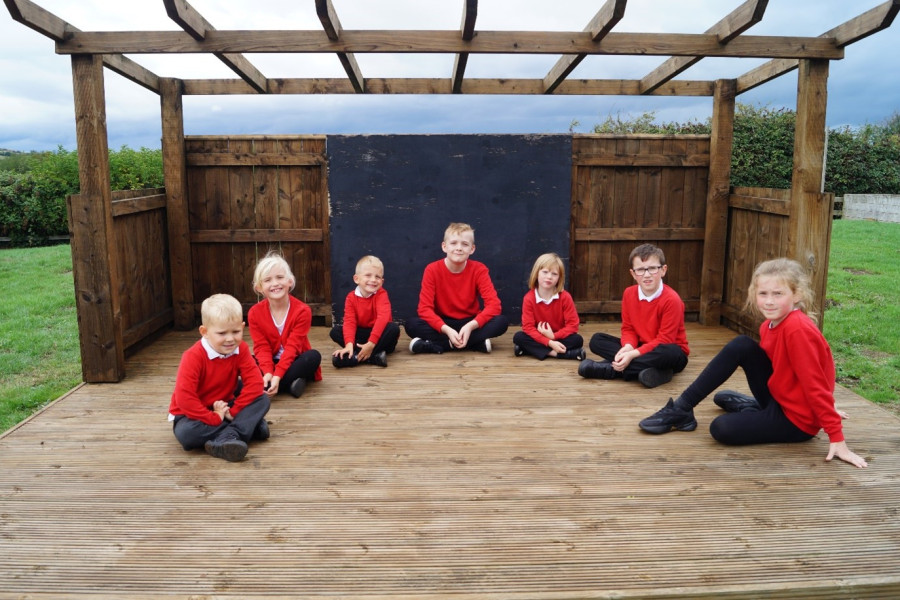Yorkshire Endeavour Academy Trust is a unique and exciting partnership that was formed in 2018 by five primary schools that have a long and successful track record of collaborative working. Each with significant expertise in supporting schools.
 WELCOME TO OAKRIDGE COMMUNITY PRIMARY SCHOOL...
WELCOME TO OAKRIDGE COMMUNITY PRIMARY SCHOOL...
Children at our school are provided with a wealth of opportunities. Our broad, balanced and inclusive curriculum is grounded in our local area with our school at the heart of the local community. Our children and staff enjoy their role in the community delivering Harvest packages to elderly residents, creating displays for local churches and hosting community events. Read more >





































